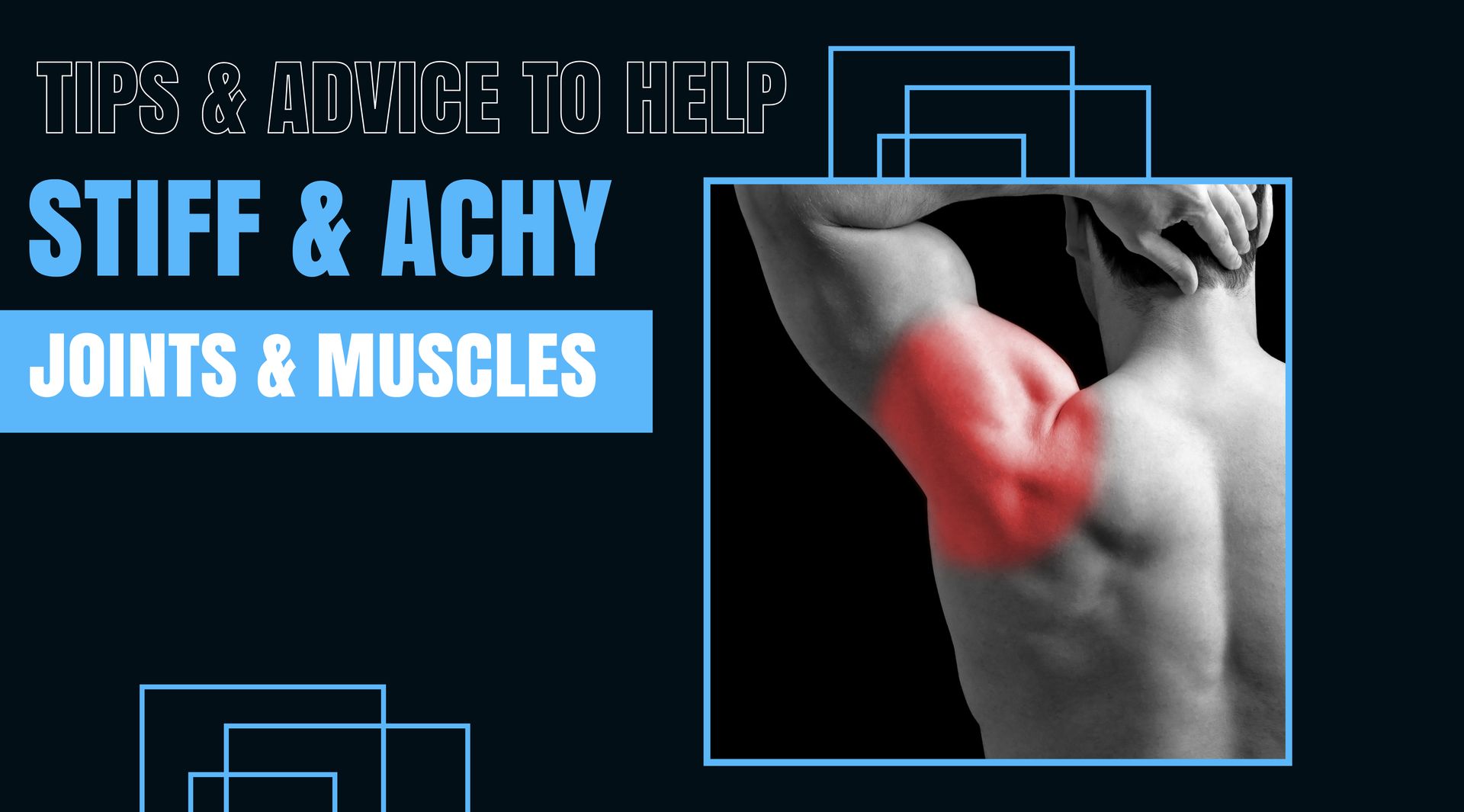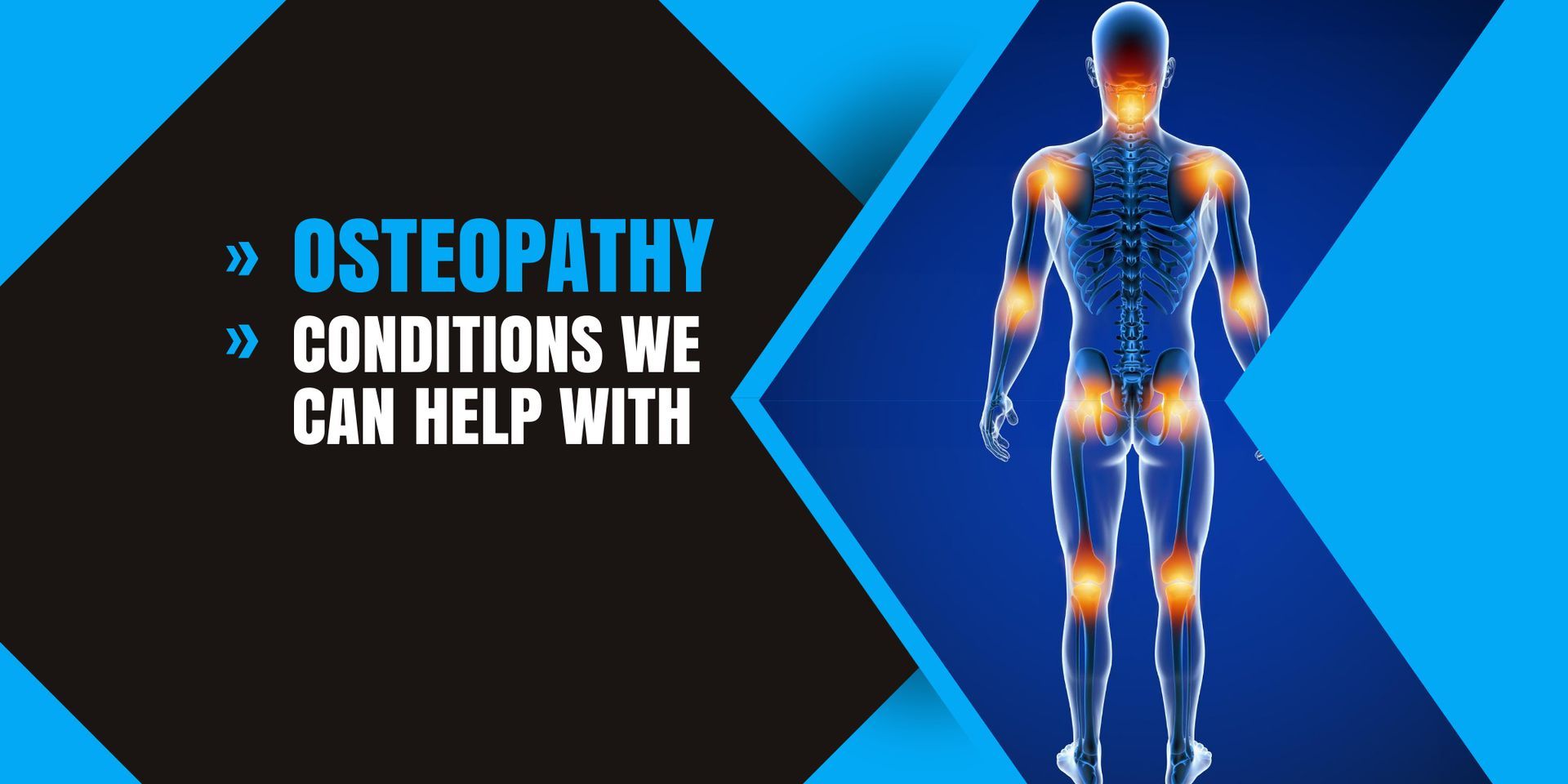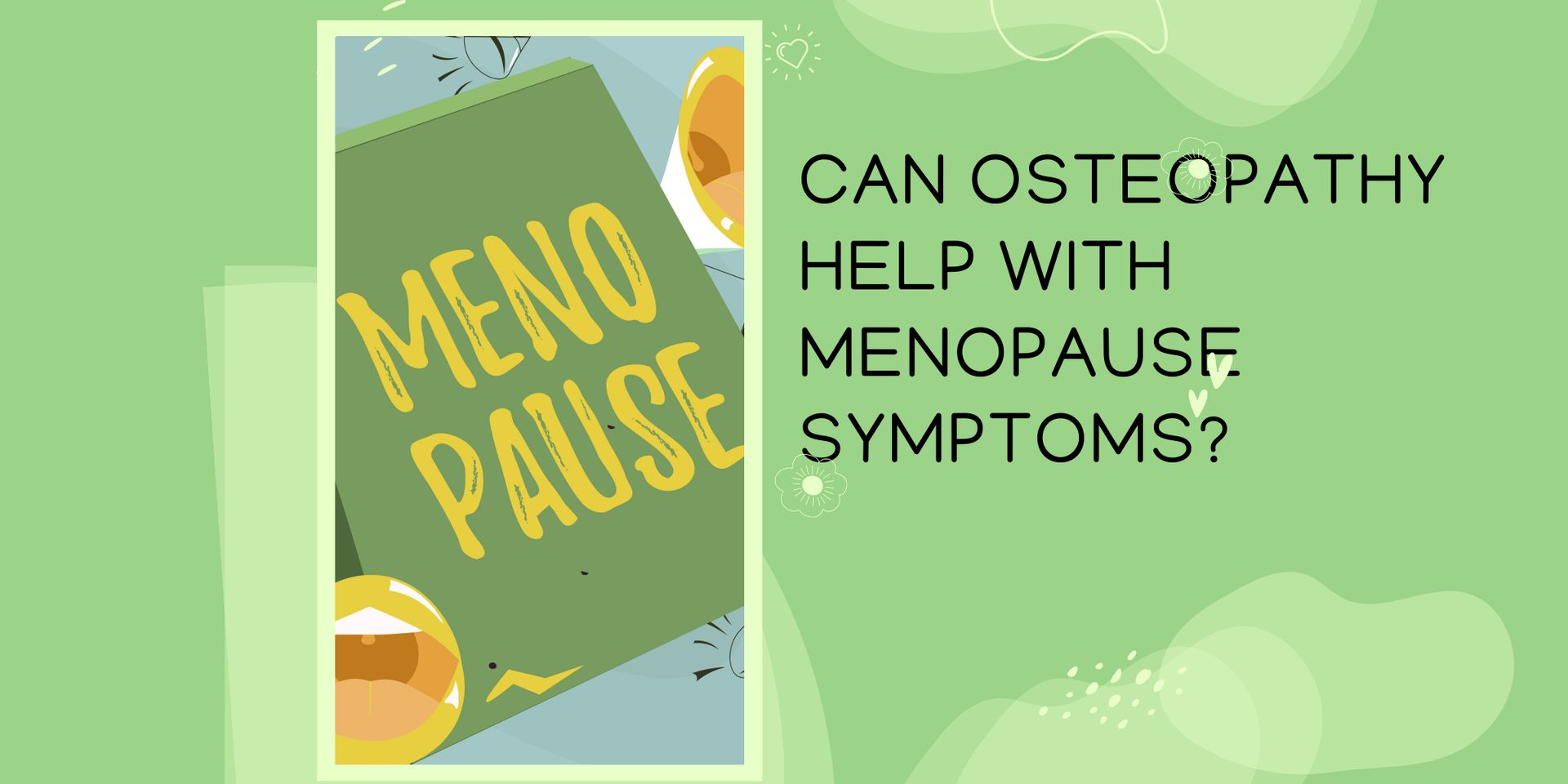Tips and Advice to Help Stiff and Achy Joints and Muscles
Here's some self-help techniques you can do at home

Taking care of your stiff and achy joints and muscles is crucial for maintaining your overall health and well-being.
Whether you are experiencing pain due to an injury, chronic condition, or simply from everyday wear and tear, there are several self-help techniques that you can employ at home to alleviate your discomfort.
Stretching and gentle exercise can greatly improve joint flexibility and reduce stiffness:
Stretching & Gentle Exercises
Range-of-motion exercises are particularly effective in improving joint mobility, and include activities such as shoulder circles, knee bends, and ankle rotations.
Stretching exercises, such as hamstring stretches, calf stretches, and seated forward bends, can also help to alleviate stiffness and increase flexibility.
Strengthening Exercises
Strengthening exercises, like wall sits and lunges, can also be incorporated to improve joint stability and mobility.
However, it is important to start slowly and gradually increase the intensity and duration of the exercises to avoid injury.
It is always recommended to consult your Osteopath before starting an exercise routine, especially if you have any pre-existing medical conditions.
Additionally, applying cold therapy to the affected area can help to reduce inflammation and alleviate pain, a hot pack is also comforting to undamaged but aching muscles:
Heat Packs
The application of heat can increase blood flow and relax tired muscles, reducing stiffness. It can also help to soothe sore muscles and joints by stimulating the release of endorphins. It is important not to apply to inflamed areas as this can exacerbate the condition.
Cold Packs
On the other hand, the application of cold can reduce swelling and inflammation by constricting blood vessels reducing inflammation at the affected area. This can be particularly useful in cases of acute injuries such as sprains or strains.
Overall, the use of heat or cold packs can be a safe and non-invasive way to manage pain and promote healing.
Incorporating anti-inflammatory foods into your diet and maintaining a healthy weight can also help to reduce joint pain:
Some examples of anti-inflammatory foods include fatty fish like salmon, nuts and seeds such as almonds and chia seeds, leafy greens like spinach and kale, and fruits such as berries and citrus.
Additionally, herbs and spices like turmeric, ginger, and garlic have shown to have anti-inflammatory properties.
By incorporating these foods into your meals, you may be able to reduce inflammation in your body and alleviate joint pain.
However, it is important to consult with a healthcare professional before making any significant dietary changes.
By implementing these top self-help techniques, you can effectively manage your joint and muscle pain from the comfort of your own home.







